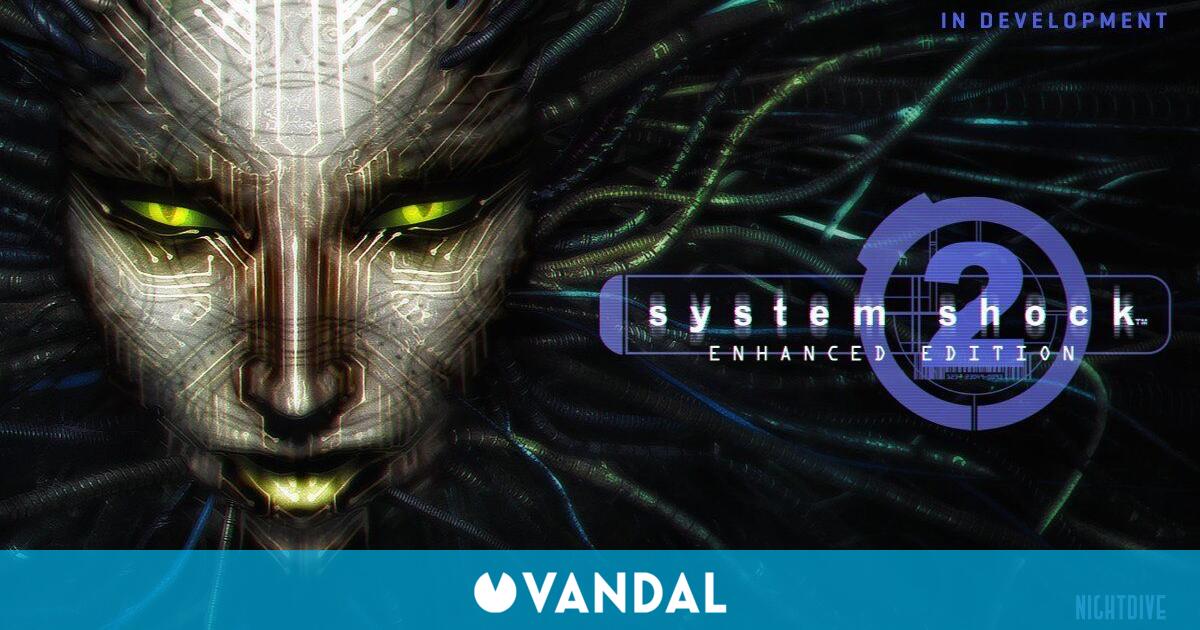

#SYSTEM SHOCK 2 ENHANCED EDITION MOD#
This is a game that was difficult to get running under a modern OS, much less mod to the point where the controls were workable. It’s a testament to Night Dive’s skills that System Shock Enhanced Edition is as accessible as it is. This makes System Shock a lot more manageable, but the layered inventory, floaty movement and general hostility of the environment still pose a huge challenge. Best of all there’s a condensed view that pushes the busy inventory to the edges and gives you a much bigger view space. You can now run the game in 1024x768 resolution, or a true widescreen mode for modern displays. They’ve also remapped a control layout that used to employ half the keyboard in an awkward QWERTY ballet od ducking, leaning and various inane shortcuts. This is a huge relief, as the old interface was a bizarre hybrid of Doom-style FPS directional keys and actually clicking and dragging the view like an old LucasArts adventure game. Mouselook, previously only available in mods, has been patched in natively. Night Dive have done what they can to alleviate these issues. This is a problem, because Citadel Station is a dangerous and unforgiving place. Getting familiar with this HUD takes at least an hour, much less to the point where you can fight or navigate effectively. The actual field of view takes up less than half of your screen, almost like you’re in a tank, and is surrounded by status displays, power gages and a deep, tab-operated inventory system. Your character-a cyberpunk hacker stranded on a space station after its AI takes control and begins churning out mutant monsters-has a cybernetic interface that rivals most strategy games. In many respects it feels less like an FPS and more like a vehicle sim like M1 Tank Platoon or Tie Fighter, but even less intuitive if you can imagine that. System Shock was way, way ahead of its time in 1994 but the developers at Looking Glass took the long way around to solve nearly every interface and gameplay hurdle. Unfortunately this means that System Shock is incredibly obtuse and clunky, even by the standards of its day, and judged next to modern shooters it has a steep, obstinate learning curve. It was anyone’s guess where the FPS genre would go and System Shock took a bold, complex, simulation-style approach that flew in the face of Doom’s straight run n’ gun action. This was the shooter landscape pre-Quake, when most first person games were called “doom clones,” and before mouselook had been widely adopted or even pioneered. Unlike its more straightforward competition, however, System Shock has more in common with the previous game developed by Looking Glass, Ultima Underworld. System Shock was released by Looking Glass Studios in 1994, the same era as Doom, Dark Forces and Duke Nukem 3D. Passing up a go at the original System Shock would almost be an insult to its legacy.

Deus Ex in particular showed me just how far the artistic medium of video games could go, and at the risk of sounding pretentious, it also taught me a thing or two about philosophy and got me through some confusing times as an early teen. System Shock not only spawned a groundbreaking sequel, but inspired landmark successors including Deus Ex, Bioshock and Dead Space. The arcane geniuses at Night Dive Studios-who previously resurrected System Shock 2-have worked their magic on the seminal game that kicked off a whole family of shooters and RPGs. However, when an old game is updated and given a new lease on life I’m tempted to take a look, especially if it’s a venerable classic like the original System Shock. My two cents aren’t going to help with anyone’s purchasing decision in the here and now. Most of the time I fail to see the point if the game has been out for years or even decades, then thousands if not millions of people have already played it and decided whether they like it or not.


 0 kommentar(er)
0 kommentar(er)
